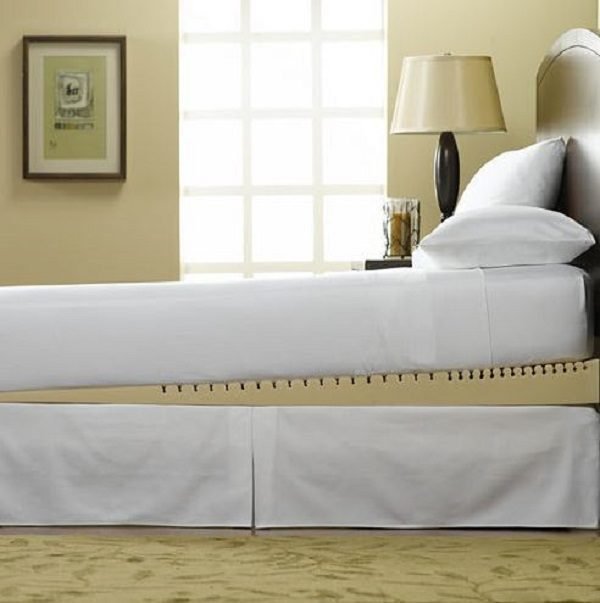Are you ready to start sleeping on an incline?
Author: Dr. Mercola

Oftentimes the simplest strategies pay great dividends. Getting sensible sun exposure and grounding to the Earth are two examples. Sleeping on an incline is another. While few have heard of it, and sleeping on a horizontal surface is a well-established norm, raising the head of your bed 6 to 8 inches so that your you're sleeping on a 5-degree incline may have a number of benefits, including:
*Improving blood circulation
*Boosting metabolism
*Improving glymphatic drainage from the brain
*Improving immune system function
*Improving respiratory function
*Easing symptoms associated with Alzheimer's, diabetes, glaucoma, migraines, multiple sclerosis, sleep apnea, acid reflux, edema, varicose veins and more
The History of Inclined Bed Therapy
Inclined bed therapy was developed two decades ago by Andrew K. Fletcher,1 a British mechanical engineer said to have "an avid interest in how things work."2 He stumbled upon the theory by studying the circulatory system of plants. In trees, gravity pulls the denser sap from the top of the tree downward, which then forces the more diluted sap at the bottom to rise upward.
In other words, the interplay between gravity and the varying density of fluids is what causes the sap, which delivers nutrients within the tree, to circulate up and down in a perpetual loop.
He wondered if the same mechanism applied to the human body, and experimentation and further research convinced him that it does. In the video above,3 Fletcher performs a simple kitchen demonstration to show how circulation is caused by density changes in fluids. In private correspondence with Nexus Magazine writer Jenny Hawke, Fletcher explained:
"[C]irculation began long before the heart developed, and this primary circulation continues to assist the heart, providing we take the direction of gravity into account. It works on the principle that blood entering the capillary vessels in the lungs provides the water and carbon dioxide that we evaporate with each breath.
The blood therefore must become denser exiting the lungs, then passes through the heart and is injected back into the main artery, effectively adding denser blood to create a pulsatile flow predominantly down towards the kidneys... [T]he blood entering the venous return from the kidneys is always less dense than the arterial blood flowing to the kidneys. This was a Eureka moment of such magnitude it went off the scale for me and instantly gave birth to Inclined Bed Therapy."